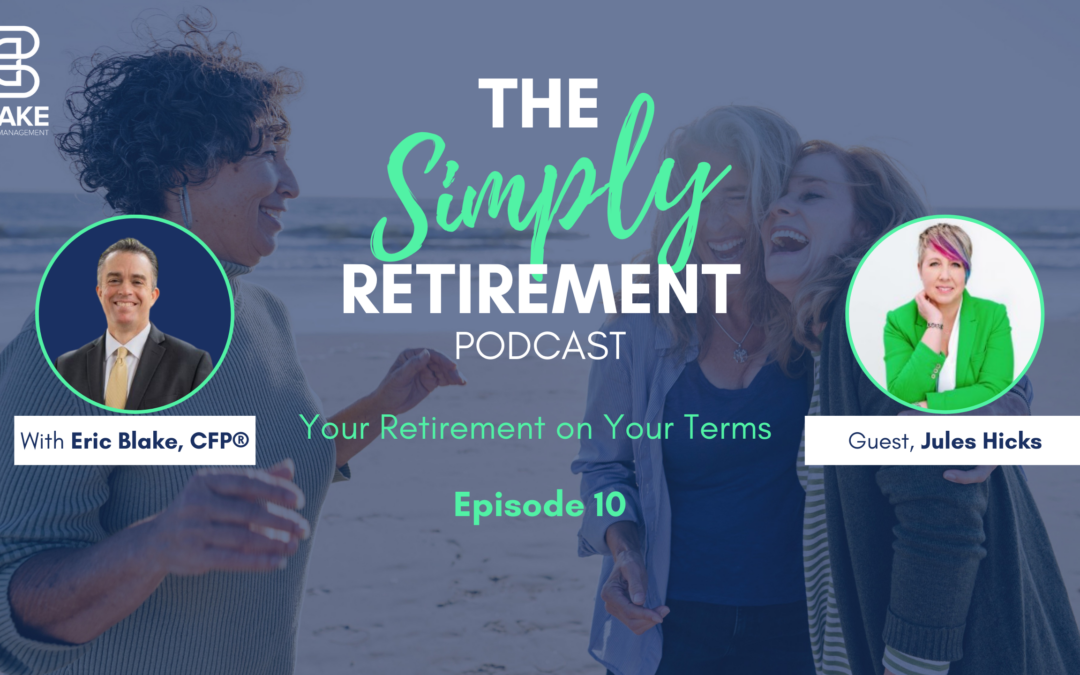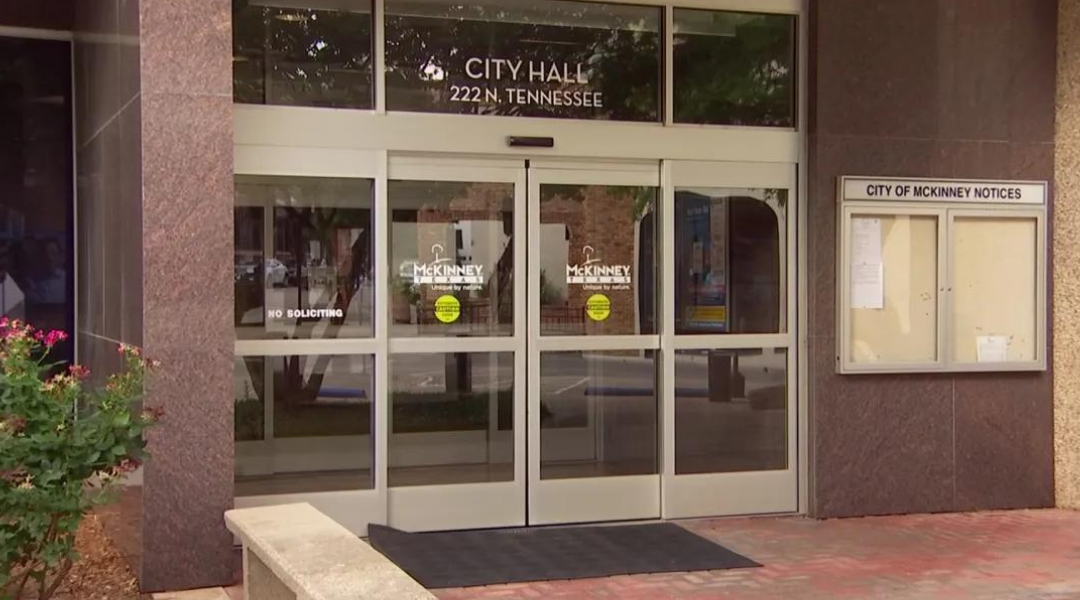Last year, the U.S. Bureau of Labor Statistics announced that 4.5 million Americans, or 3% of the entire workforce, quit their jobs in November of 2021.1
Although shocking at the time November was just another record-breaking month in a string of record-breaking months. Named "The Great Resignation" by many, this phenomenon can be seen across nearly all industries.
Historically, it's common to see a surge in worker resignations when the job market is tight, and there's a cornucopia of open positions. But what's happening now is unlike anything economists and pollsters have seen before.
As financial and employment experts continue to debate the root causes of this exodus from the workforce, it can be difficult to visualize the full scope of the Great Resignation. Here are some surprising facts that may help:
- 2.9 percent: the share of the nation's workforce that quit in August2
- 4.8 percent: the U.S. unemployment rate in September, a pandemic low2
- 309,000: women 20 and older who dropped out of the workforce in September2
- 182,000: men who were added to the workforce in September2
- 108,700: drop in the number of child-care workers in September versus February 20202
- 10.4 million: unfilled U.S. jobs (Labor Department)2
- 51 percent: business owners who said they have jobs openings they can't fill3
- 48 percent: the share of America's working population actively looking for a job or watching for opportunities3
- 61.6 percent: labor participation rate in September, versus 63.3 percent in February 20202
- 4.3 million: jobs that have vanished with the pandemic-era decrease in labor participation4
- 22: number of economists out of 52, who predicted labor participation will never return to pre-pandemic levels5
- 40 percent: share of the 4.3 million people who quit in August from restaurant and hotel jobs6
- 930,500: drop-in restaurant and bar jobs in September versus February 20202
- 12.7 percent: increase in hourly pay at bars and restaurants in August versus February 20202
- 7.3 percent: increase in the price of restaurant meals in September versus February 20202
- 3.6 million: number of new retirees between February 2020 and June 20212
What Does All This Mean for Retirement Planning?
This unprecedented phenomenon is observing numerous Americans leave their jobs—some for greener pastures, others for extended periods, and still others, especially older Americans, for retirement. While endless column inches on this matter have been published, one of the big questions is why it’s happening here and now.
The most natural answer is that this is an appropriate response in the wake of the COVID-19 pandemic. It’s difficult to find anyone or anything that hasn’t been affected by the pandemic. While some people are choosing to stay home because they aren’t interested in risking illness to go into the office, the full picture is a bit more complex, especially for those with jobs where remote work isn’t an option. But there’s another factor at play here. It’s been a long time coming but hasn’t been talked about much because of other more pressing world events.
The Baby Boom Meets the Retirement Boom
These last few years have been a bit different than they were in the past. Reaching retirement age now doesn’t mean exiting the workforce completely. Many retirees start businesses, shift to part-time work, or change their focus from their jobs to working for charities or nonprofit organizations. In 2008, the oldest baby boomers reached age 62. This coincided with the so-called “Great Recession,” when the economy declined and perhaps represented a less-than-advantageous time to start retirement. Many people decided to hold off on retiring and wait a few years. In 2021, the economy had distanced itself from those events and faced new developments. Just over half of adults aged 55 or older had exited the workforce and retired. For adult Americans aged 65 to 74, the percentage who had left the workforce was 66.9%, just over two-thirds of this population.1
Catching Up
So, rather than seeing everyone head to the door simultaneously, what we’re seeing is a bit of a “catch-up” period. We are looking at a picture of what might have been if the Great Recession had gone a bit differently. The pandemic created a transition period in which people decided that it was a natural time to work less, transition to new things, or retire completely. The pandemic has gone on way longer than any of us could have imagined, with the more potent Delta variant making way for the more contagious Omicron variant. Examining this context makes it easier to see why someone reaching the end of a long and rewarding career might choose to exit the pattern of working during COVID-19 and parachute into a less stressful, more enjoyable paradigm.
Is It Your Time, Too?
You might be thinking that this period of mass retirement presents you with an opportunity to cast off the yoke and ease into retirement. Despite the large numbers of people making this big transition, it is important to remember that moving with the crowd isn’t always a justified action.
It’s also possible that now is a great time to transition into a different opportunity for your last few years of work. Maybe you have a business idea you’ve been working on. Now is a great time to put it into action. Or perhaps you want to transition into a new role at work or with a different firm that will be less demanding when you finally transition into retirement. This is also a great idea.
If you think now is the time, your first step is to set up some time to talk with your friendly financial representative. They can look at your overall financial strategy to give you a better overview of where you stand and the drawbacks and advantages of retiring in the current environment.
- https://www.usatoday.com/story/money/2022/01/04/great-resignation-number-people-quitting-jobs-hit-record/9083256002/
- https://theweek.com/jobs-numbers/1006060/the-american-great-resignation-by-the-numbers
- https://www.washingtonpost.com/business/2021/10/13/great-resignation-faq-quit-your-job/
- https://www.gallup.com/workplace/351545/great-resignation-really-great-discontent.aspx
- https://theweek.com/jobs-numbers/1006060/the-american-great-resignation-by-the-numbers
- https://www.wsj.com/articles/labor-shortage-missing-workers-jobs-pay-raises-economy-11634224519?mod=hp_lead_pos5
- https://www.pewresearch.org/fact-tank/2021/11/04/amid-the-pandemic-a-rising-share-of-older-u-s-adults-are-now-retired/
LEARN MORE ABOUT BLAKE WEALTH MANAGEMENT
201 W Virginia Street | Suite 102 | McKinney TX 75069 | 972.426.7237 info@blakewealthmanagement.com
Securities offered by Registered Representatives of Private Client Services (“PCS”). Member FINRA / SIPC. Advisory services offered by Investment Advisory Representatives of RFG Advisory, a registered investment advisor. Private Client Services, Blake Wealth Management, and RFG Advisory are unaffiliated entities. Advisory services are only offered to clients or prospective clients where RFG Advisory and its representatives are properly licensed or exempt from licensure. No advisory services may be rendered by RFG Advisory unless a Client agreement is in place.
Insurance products and services are offered through a number of insurance providers, including RFG Solutions LLC, an affiliated company of RFG Advisory.





































